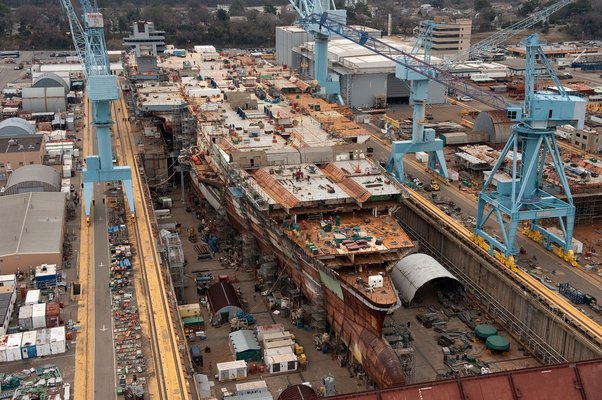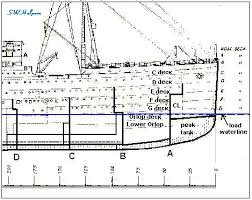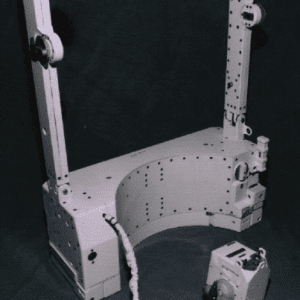It is very rare, unheard of in fact, that I have to contradict my Quora mate Jonathan Reiter about anything maritime. but in this case he is wrong.
Ships the size of aircraft carriers, and tankers, and pretty much everything else that big, or nearly so, are assembled in a building dock, and when complete up to the deck, and watertight, the dock is flooded and the ship floated out.

The advantages are obvious, including the provision of a maintenance facility when it is required for the ships routine bottom maintenance. An even bigger problem than getting a ship that size into the water, is how to get it out again.
Also, with conventional end launching, gravity assisted down the launch ways, this was likely the greatest longitudinal stress that the ship would ever experience, at the moment that the stern was afloat, and the bow was still on land.
In the days before “Maestro,” and the finite element analysis software, the maxim was “If it is strong enough to launch, it is strong enough to sail.”
By flooding it while it is in dry dock…

Sending in the water.
Commonly, additional structural support was worked internally to give extra strength purely for launching.

This is the bow of the “Titanic.” Remember the “Titanic?” See the cut up in the keel back to the second bulkhead? That was there for no other reason than to clear the launch ways when she dropped off the end of the ways, and was common on ships of the era, that were then approaching the practical limits of conventional end launching.






